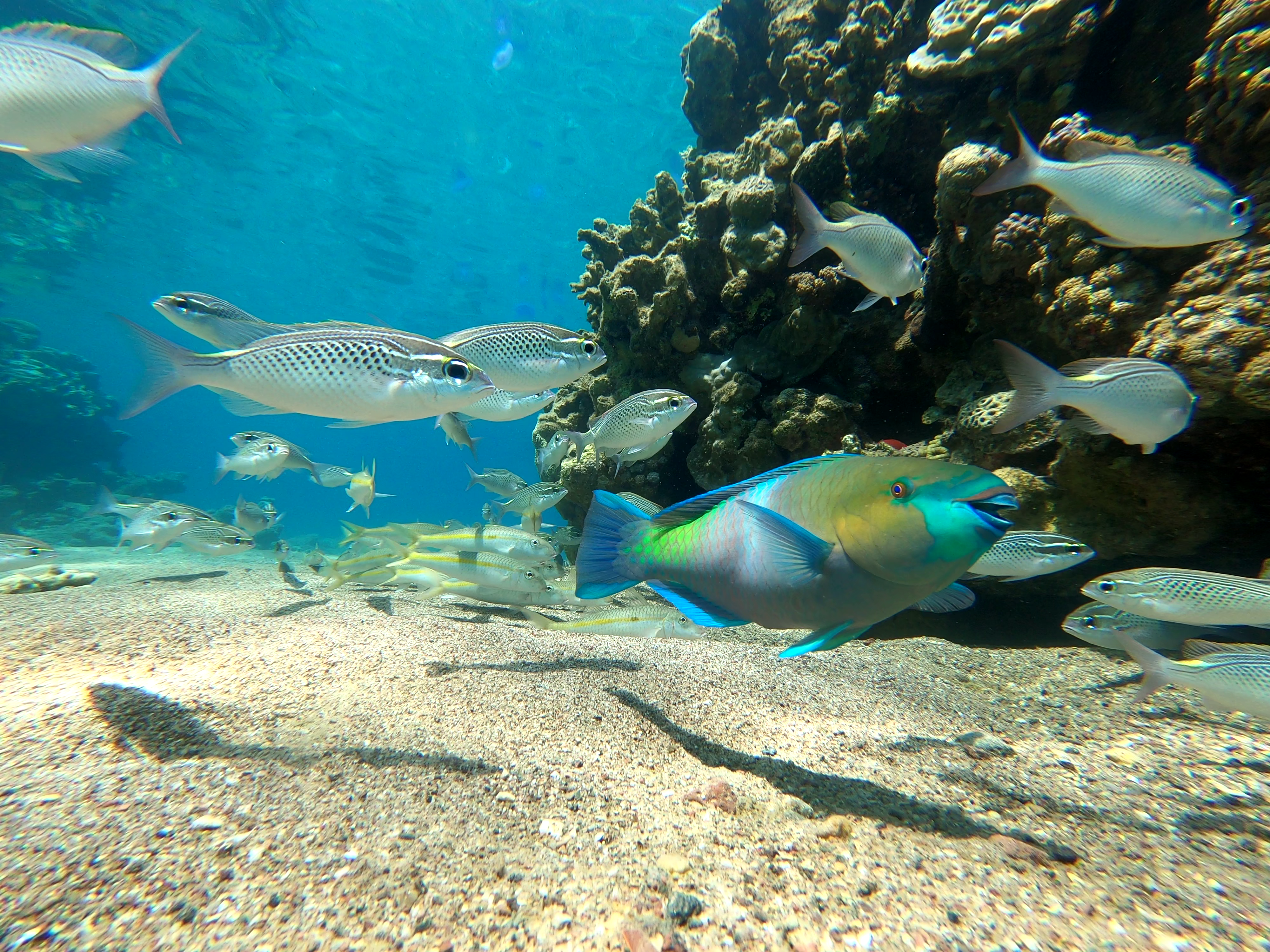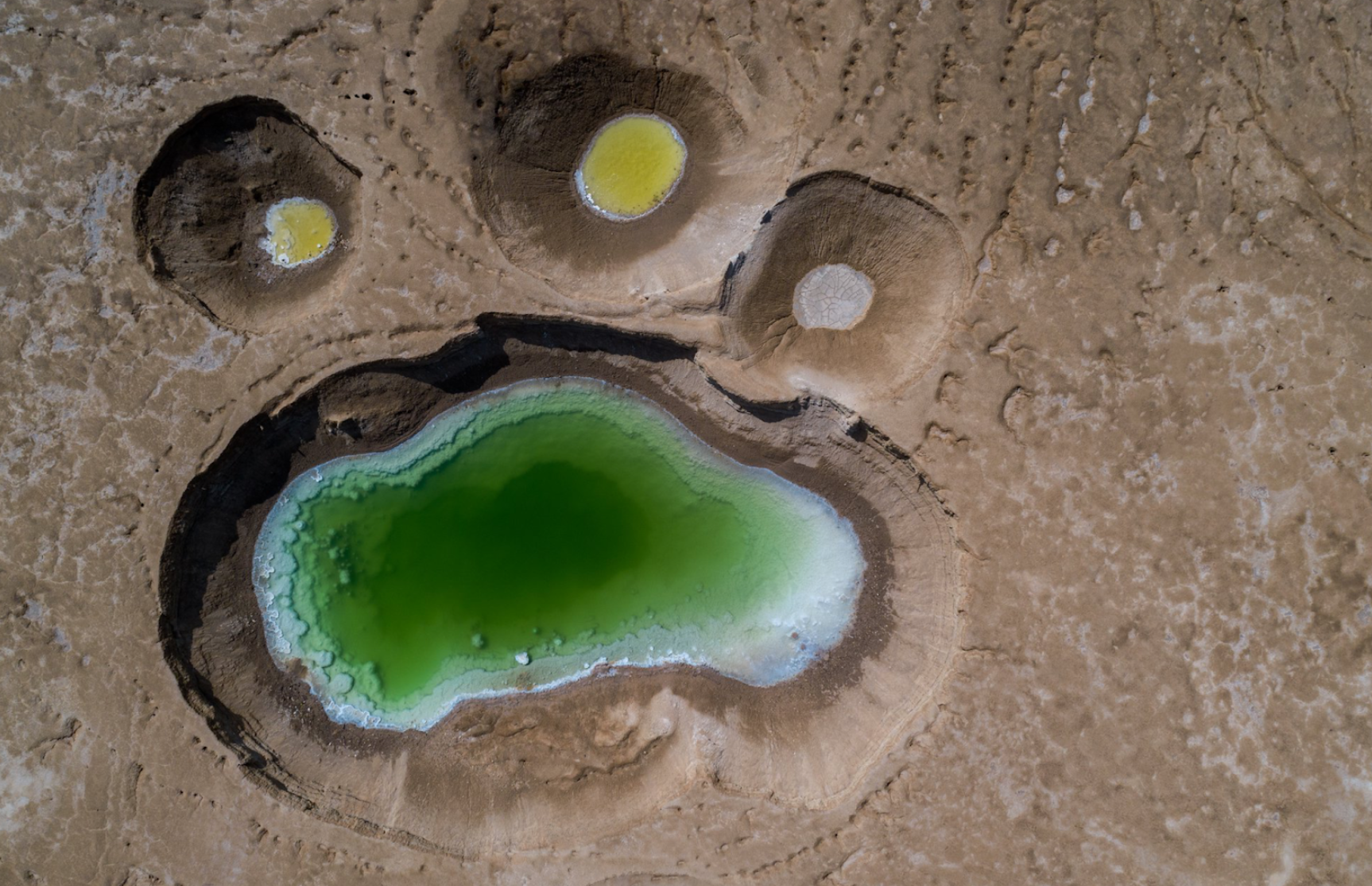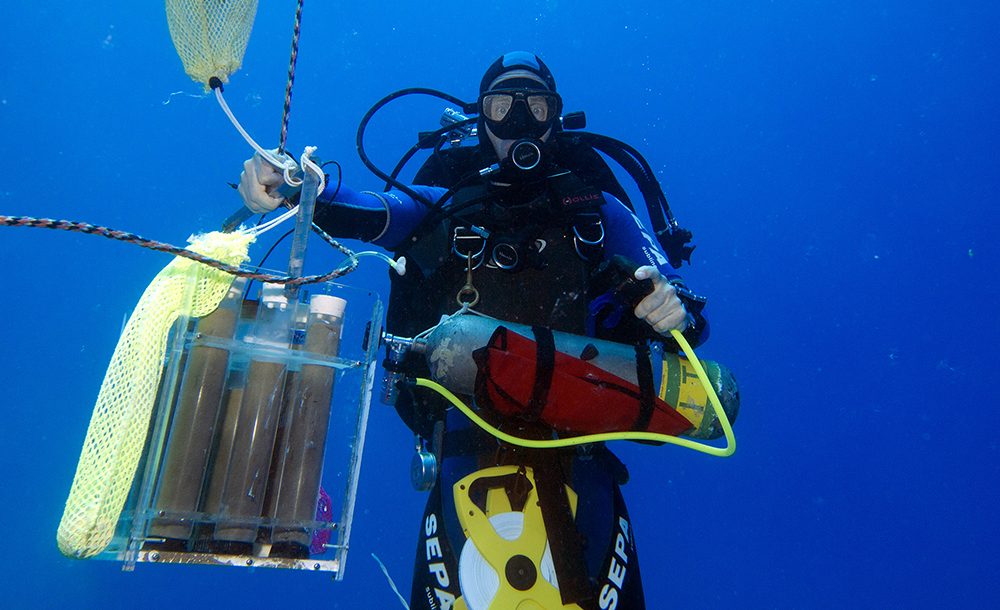The Perils of Cold-Induced Coral Bleaching
April 26, 2021Despite the high temperature tolerance of northern Red Sea corals, a new Israeli study shows how susceptible they are to cold-shifted seawater conditions—a potential consequence of the climate crisis.
Coral reefs are known to be one of the most biologically diverse ecosystems on the planet, but their resilience to extreme oscillating temperatures due to global climate change is very sensitive to say the least. In fact, ocean warming is considered to be the primary cause of coral bleaching events and coral reef mortality worldwide. This happens because extreme variant temperatures brought on by the climate crisis causes the number of algal symbionts and amount of photosynthetic pigment chlorophyll embedded into the corals’ tissues to drastically decline. These provide energy for the corals and without them, their chances of survival decrease.
While this heat-induced bleaching phenomenon has been heavily documented for coral species such as those located in the well-known Great Barrier Reef, corals in the northern Red Sea and Gulf of Aqaba were discovered to have an unusually higher tolerance to increased seawater temperatures following controlled experiments using the Red Sea Simulator System. Multiple coral species were tested at different phases of their life cycle including the reproductive and larval stages by Prof. Maoz Fine’s research group from Bar-Ilan University’s Faculty of Life Sciences. These stages are typically known to be more sensitive to environmental change, but all specimens displayed signs of similar tolerance.
This has led scientists to designate the region as a potential coral reef refuge because the corals may survive longer than those that die off at alarming rates elsewhere. But what about their tolerance to cold water?
Hot and Cold
Although extreme heat is more often associated with the climate crisis, global climate change is more accurately increasing variability in weather patterns around the world, which means frequent periods of cold extremes are just as likely to occur. In fact, climate models for this region suggest that the Atlantic Multi-decadal Oscillation 70 year warming period will soon end, and the region will enter a cooling phase over the next decades that might counteract the global warming effect in the Red Sea region. This possible prediction has prompted researchers to conduct experiments investigating the effects of colder seawater temperatures on corals from that region.
Unlike corals’ physiological response to elevated temperatures, their response to cold water stress is much less familiar among scientists. However, this has been known to affect corals in the southern Great Barrier Reef as well as other areas in the past.
In 1977, for example, Florida Bay experienced a cold-air front that reduced water temperatures below 16°C for eight consecutive days, which killed off 91% of corals at a number of reef sites. A similar cold period occurred off the coast or Loreto in the Sea of Cortez in which 60% of corals were bleached after seawater temperatures dipped below 19°C in 2006 for three consecutive months. Two years later, it happened again in the same area except 90% of Pocilloporid corals were bleached when temperatures dropped below 17°C.
Putting Corals to the Test
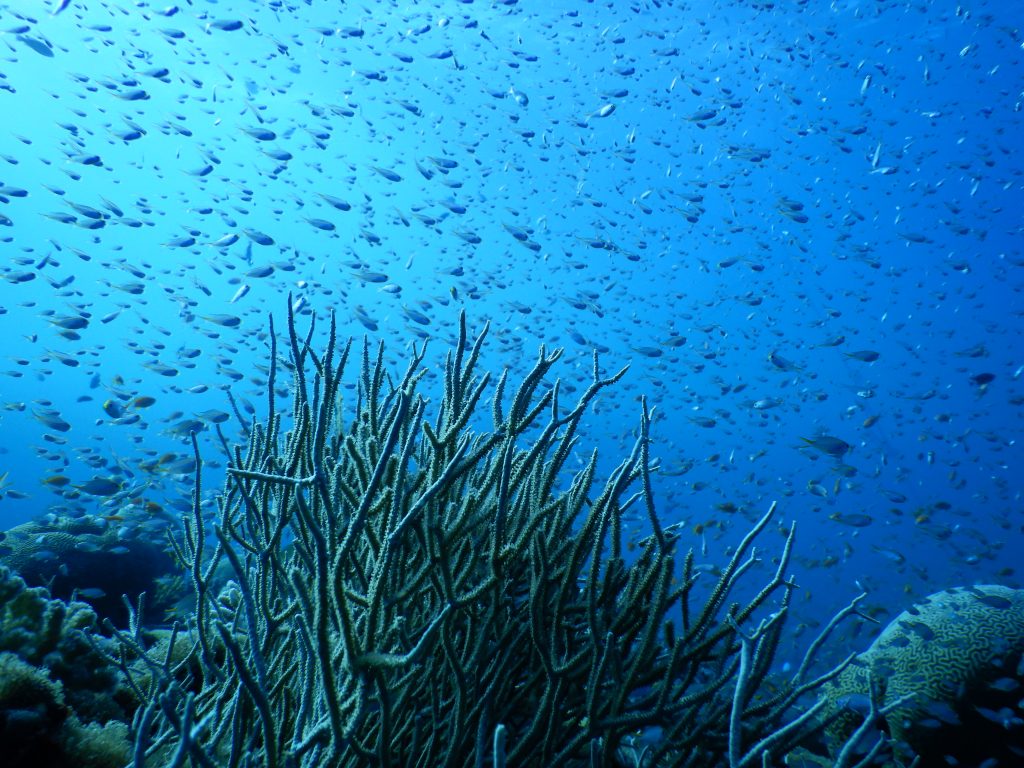
In a recently published study in the journal, PeerJ, Dr. Jessica Bellworthy and Prof. Maoz Fine from Bar-Ilan University and the Interuniversity Institute of Marine Sciences in Eilat demonstrated that winter seawater temperature even 1°C cooler than average results in physiological stresses similar to those brought on by warmer temperatures for reef building species from the Gulf of Aqaba.
“Whilst we have repeatedly demonstrated the high temperature tolerance of corals on the shallow reefs in Eilat, we wanted to test the possibility that this exceptional heat tolerance came with the trade-off of being cold-sensitive,” said Dr. Bellworthy.
The researchers tested the two most abundantly occurring coral species from the Gulf of Aqaba (Stylophora pistillata and Acropora eurystoma) in ex-situ experiments to test and assess their physiological responses to winter water temperatures 1°C-3°C below average. For context, mean seawater temperatures in the winter months at the collection site from 2011-2018 hover around 21°C (70°F).
“Indeed, we found that exposure to cold water periods causes a physiological response akin to bleaching,” says Dr. Bellworthy. At 3°C below winter temperatures over the course of a 16-day period, both species suffered significant declines in their symbiotic algae’s photosynthetic capabilities and chlorophyll concentrations compared to the samples from the control group. So, although corals from the Gulf of Aqaba can tolerate high seawater temperatures, even an acute cold spell may cause harmful bleaching for the population.
However, the corals did not perish as the researchers reset their environments back to ambient temperatures of 24°C (75.2°F) for two months before starting the second experimental phase. The researchers also wanted to know if the corals’ colder-than-usual winter experience had any impact to their well-known resilience to warmer conditions.
Given the fact that the average coastal seawater temperatures by the end of summer (September) hover around 28°C (82.4°F), the researchers increased the corals’ ex-situ water temperature by 3°C over a 7-day period. Much to their surprise, they found that both the corals’ prior cold-induced stress did not significantly reduce their unique physiological resistance to above average summer temperatures.
“It was an important discovery for us to understand that even those individuals that suffered the cold winter stress, still did not bleach at the high temperatures,” says Dr. Bellworthy. This means that despite the below average temperature harm to corals’ photosynthetic capabilities, their high thermal tolerance will not be degraded. As a result, the corals from this region should not undergo two bleaching events (due to extra cold and extra warm conditions) in the same year, a threat that faces other reef ecosystems.
Only a Few Degrees Away from Danger
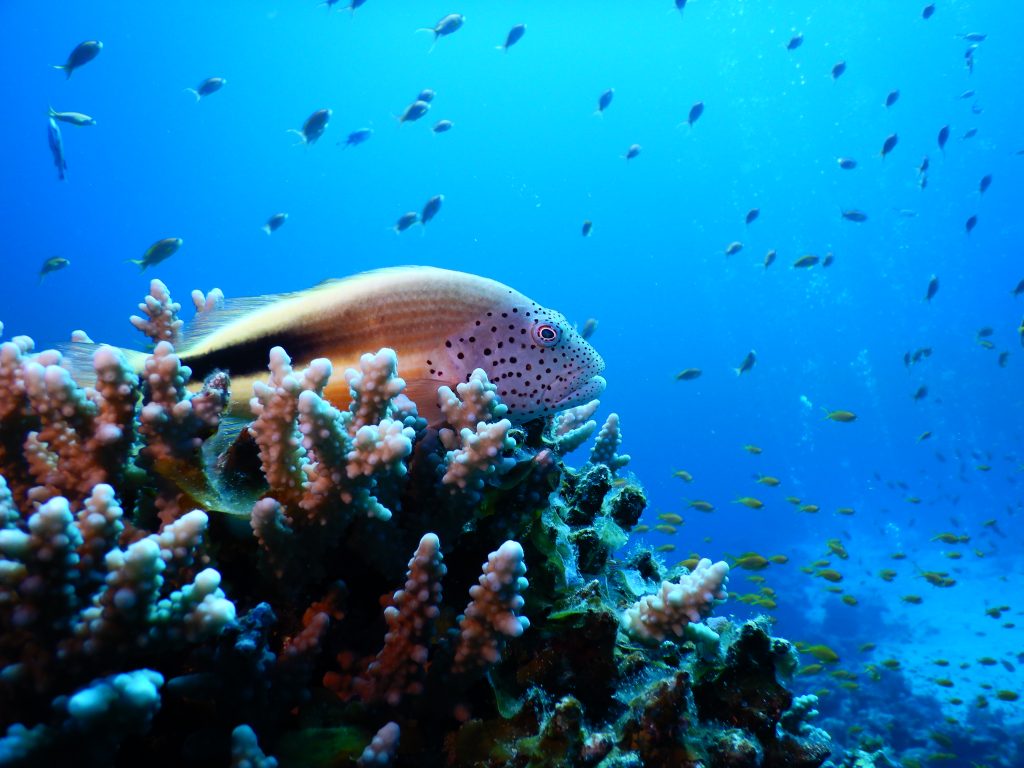
In light of the constant reports of coral reef systems around the world suffering under the brutal conditions of the global climate crisis, it is refreshing to know that the dominant Gulf of Aqaba coral species are so robust by comparison. However, that is not to say they are safe from climatic shifts indefinitely.
Although these coral species can tolerate a relatively wide natural seawater temperature range, Fine’s and Bellworthy’s study shows that their thermal tolerance is not limitless. In fact, the results of their study revealed that the corals live precariously close to their lower bleaching temperature threshold relative to other reefs.
Alongside the rapid warming of the Red Sea, the northern section in particular—the Gulf of Aqaba—is warming at a rate that is exceeding the global average. While some climate models are predicting more frequent and severe heat waves, others present evidence that the warming trend will be met with natural climate oscillations, thereby shifting the Red Sea toward a cooling phase in the years to come. Either scenario will have consequences; not just for the Gulf of Aqaba coral reef but for others worldwide, and it is most certainly something our planet cannot endure in the midst of the looming and growing climate crisis.
This ZAVIT Article was also published in NoCamels on 26 Apr. 2021
